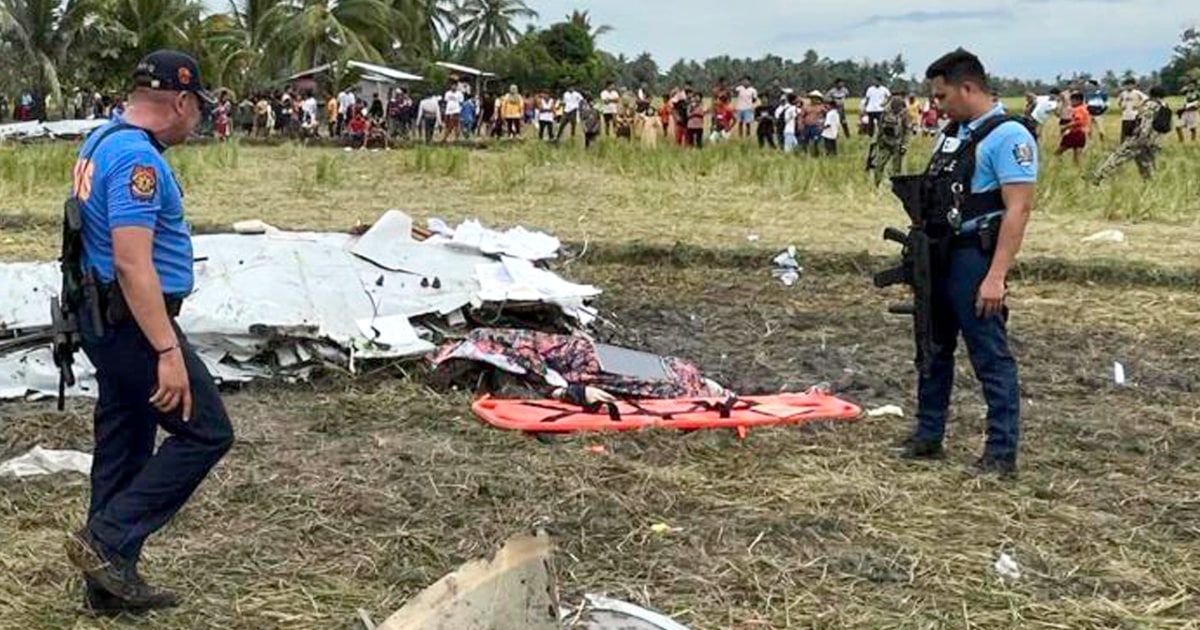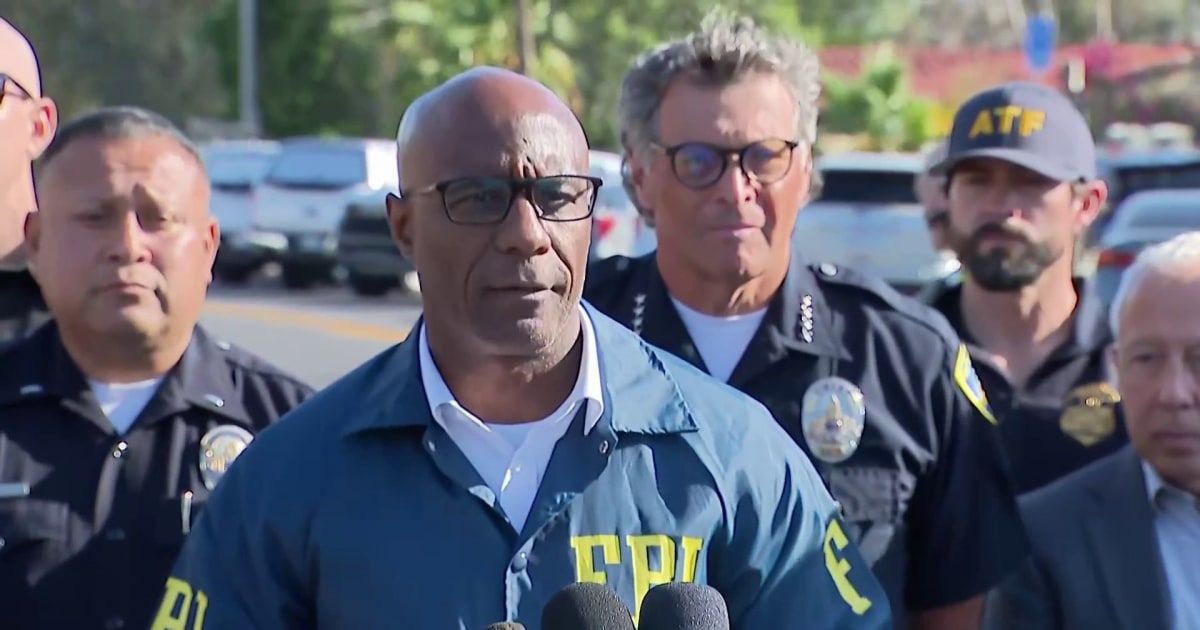Tragedy in the Skies: Understanding the Impact of U.S. Service Member and Contractors’ Losses in the Philippine Plane Crash
In a tragic turn of events, a recent plane crash in the Philippines has claimed the lives of a U.S. service member and three contractors. This devastating incident occurred during a surveillance mission, raising serious questions about the safety protocols in place and the inherent risks associated with such operations. The loss of these lives not only brings sorrow to their families but also highlights the broader implications of military and contractor engagements in foreign territories.
The Incident: A Closer Look
On a routine surveillance mission, the aircraft encountered severe technical difficulties, leading to a catastrophic failure and subsequent crash. Initial reports indicate that the plane was engaged in monitoring activities aimed at enhancing regional security, particularly in areas known for instability.
The U.S. service member, whose identity has not yet been released, was reportedly on a mission to support local and international efforts to combat terrorism and ensure peace in the region. The contractors, hired for their expertise in surveillance technology, were part of a broader initiative to bolster the capabilities of U.S. operations in the Philippines.
Understanding the Risks Involved
The tragedy in the skies serves as a stark reminder of the risks faced by military personnel and contractors engaged in overseas operations. These individuals often operate in environments where the challenges are multifaceted:
- Technical Failures: Aircraft used for surveillance missions are subject to rigorous maintenance schedules; however, unforeseen mechanical issues can arise, leading to tragic outcomes.
- Hostile Environments: Missions often take place in regions with complex security dynamics, increasing the potential for perilous situations.
- Operational Stress: The high-stakes nature of these missions can lead to significant stress, impacting decision-making and operational performance.
The Importance of Safety Protocols
In light of this tragedy, it is crucial to examine the safety protocols that govern military and contractor operations. Effective safety measures can mitigate risks and enhance the survivability of personnel engaged in these missions. Key aspects of safety protocols include:
- Pre-Mission Checks: Thorough inspections of aircraft and equipment are vital to ensure operational readiness.
- Training and Simulations: Regular training exercises, including emergency response simulations, can prepare personnel for unforeseen circumstances.
- Real-Time Monitoring: Implementing systems to monitor aircraft performance during missions can provide early warnings of potential issues.
The Human Cost of Military Engagements
The loss of the service member and contractors in the Philippine plane crash underscores the human cost of military engagements. Each life lost represents not only a tragedy for the families involved but also a broader impact on the communities from which these individuals hail. Families of service members often endure significant emotional and psychological burdens, knowing their loved ones are in harm’s way.
Furthermore, the implications of such incidents extend beyond personal loss. They can affect public perception of military and contractor operations, raising questions about the necessity and safety of these missions. The government and military leadership must transparently address these concerns to maintain trust and support from the public.
Responses and Investigations
In the wake of the crash, both the U.S. military and Philippine authorities have launched investigations to determine the cause of the accident. Understanding the factors that led to this tragedy is essential for preventing future occurrences. Investigators will examine:
- Flight Data and Maintenance Records: Analyzing flight logs and maintenance history will be critical in understanding any mechanical failures.
- Weather Conditions: Assessing weather reports from the time of the crash will help determine if environmental factors contributed to the incident.
- Operational Protocols: Reviewing the operational protocols followed during the mission will provide insights into adherence to safety measures.
Looking Ahead: Strengthening Safety Measures
As the investigation unfolds, it is imperative that military and contractor operations learn from this tragedy. Strengthening safety measures should be a priority to prevent similar incidents in the future. This may involve:
- Enhanced Training Programs: Developing more rigorous training programs that address the unique challenges of surveillance missions.
- Improved Communication Systems: Investing in advanced communication technologies to ensure real-time updates and support during missions.
- Regular Safety Audits: Conducting frequent safety audits to assess compliance with established protocols and identify areas for improvement.
Community Support and Remembrance
The aftermath of such tragic events often brings communities together in support of the families affected. Vigils, fundraisers, and memorials are common ways for people to honor the memory of the lost individuals and to provide assistance to their families. The emotional support provided by communities can be invaluable during such trying times.
Additionally, public acknowledgment of their sacrifices can foster a greater appreciation for the dangers faced by service members and contractors alike. It serves as a reminder of their commitment to national and global security—a commitment that often comes at a significant personal cost.
Conclusion: A Call for Reflection and Action
The tragedy in the skies, resulting in the loss of a U.S. service member and three contractors in the Philippine plane crash, calls for a moment of reflection. It highlights the risks associated with military and contractor operations abroad, the importance of stringent safety protocols, and the need for ongoing improvements in operational practices.
As investigations proceed, it is crucial for military leaders, policymakers, and the public to engage in meaningful discussions about the safety and efficacy of military operations. Together, we can honor the memories of those lost by ensuring that their sacrifices lead to positive changes in the future.
In the face of tragedy, we must remain committed to learning, adapting, and striving for the highest standards of safety and effectiveness in the service of our nation and its allies.
See more Update My News


